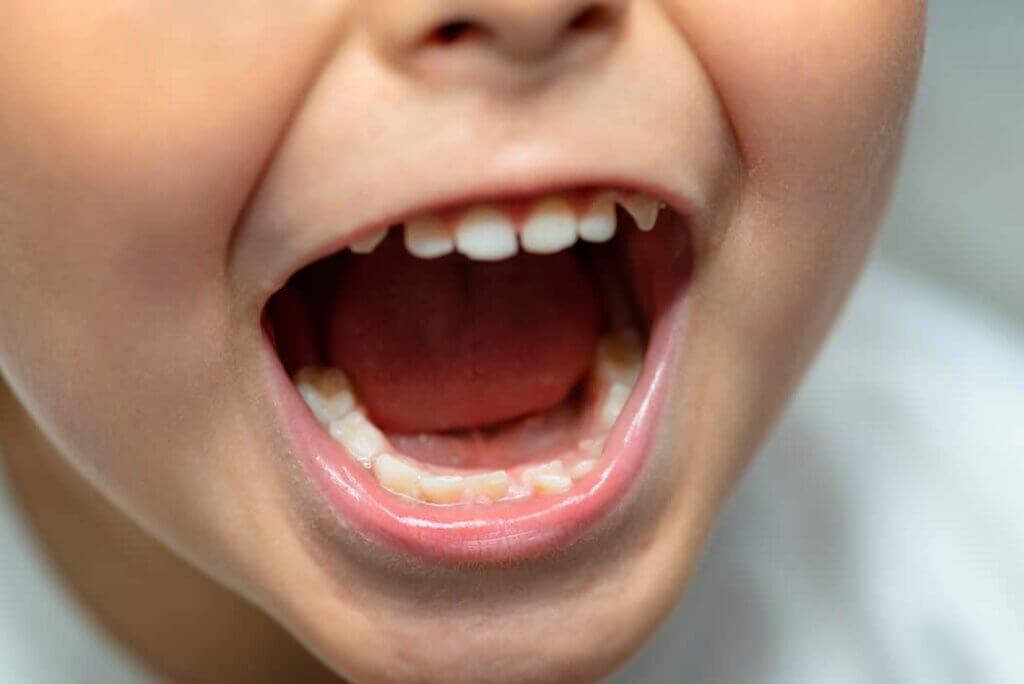What is Diastema?
A gap of more than 0.5 mm in any of your teeth is medically known as a “Diastema”. It can appear in both adults and children. However, the gap gets closed when permanent teeth come out in most kids. The good news is there are no risk factors or health hazards related to diastema. Thus it is not compulsory to get this condition treated. But it has a cosmetic drawback if it is visible to others. You can get treated for diastema if you don’t like your appearance because of it. There are many treatment options available. Let’s explore the causes, symptoms, prevention, and treatment for diastema.
What Causes Diastema?
Apart from being genetic, diastema can be caused due to following reasons:-
-
Gum Disease
Some advanced gum diseases trigger multiple reactions in your jawbone. These diseases can become the cause of the overgrowth of gum tissues, which eventually creates a gap between teeth. This growth can be between 2 or more teeth. Gingival hyperplasia is one of the most common gum diseases which leads to tissue overgrowth.
-
Tooth Size & Growth Disparities
Abnormal growth of your teeth, like missing teeth and dissimilarity in teeth size due to oversized labial frenum, lead to midline diastema. The frenum is a tissue that connects gum tissue from the inside of the lips. It surrounds the central incisors. In such cases, periodontists recommend frenectomy. In this procedure, they cut the frenum and reposition it for more flexibility.
-
Temporary Diastemas
Sometimes sudden loss of baby teeth causes temporary diastemas. But not all the gaps in teeth remain when a kid grows up. Most of the gaps go away when permanent teeth appear.
What are the Symptoms of Diastema?
Apart from the visible gap between the teeth, there are many other indications of diastema. You might feel some of your teeth getting loose with some pain and discomfort. This pain might aggravate while eating. You can notice other signs like swollen, receding, tender, bright red, or bleeding gums. You may also come across bad breath sometimes.
How to Prevent Diastema?
Genetic diastema is not preventable. But there are certain precautions that you can take as a parent to minimize the chances of diastema in your kids. Break their thumb-sucking habit early. Teach them swallowing reflexes and good oral hygiene. Regular brushing, flossing, and visiting your dentist for a routine check-up can revive you from any dental health issue.
What are the Orthodontics Treatments for Gapped Teeth/Diastema?
Following are some most popular treatment options for diastema. Your orthodontist can only tell you that which treatment option will be suitable in your case.
-
Dental Braces
Dental braces are a proven treatment for the gap in teeth. They put gradual pressure on your teeth over a period of time to align them properly. Braces are fixed from behind the teeth to treat many other kinds of dental disorders as well.
-
Dental Veneers
It is a thin shell attached to your teeth made of porcelain. This shell changes the shape of teeth and makes them appear better. Veneers are customized according to the color, shape, and size of your teeth.
-
Invisalign Treatment
Invisalign works like braces only. But they are invisible to others as they are made of clear thermoplastic material. That makes Invisalign popular amongst teens and young adults. Invisalign works for the gap in teeth and almost all other types of misalignments.
-
Dental Bonding
It works for people with few gaps in teeth. In teeth bonding, high-intensity light and adhesive are used with composite resins. The resin is of the same color as your tooth. It bonds the teeth together to fill the gap.
-
Dental Restoration
Dental restoration includes artificial tooth-like structures that can treat moderate diastema in adults. Crowns, bridges, and implants are some examples of dental restoration treatment.
When to Call Your Dentist?
Of course, you should visit your dentist the moment you notice any symptoms of diastema. It is also advisable to go for regular dental check-ups and professional dental cleanings. The American Association of Orthodontists believes that children should get their first orthodontic check-up before they turn 7.
Parting Words
Diastema is perfectly curable with the right kind of treatment. We have a state-of-the-art orthodontic clinic in Rome, New York. Let’s get in touch for a free consultation regarding diastema or any other orthodontic concern here.

0 comments on “Diastema: Causes, Symptoms & Treatment for the Gap Between Teeth”